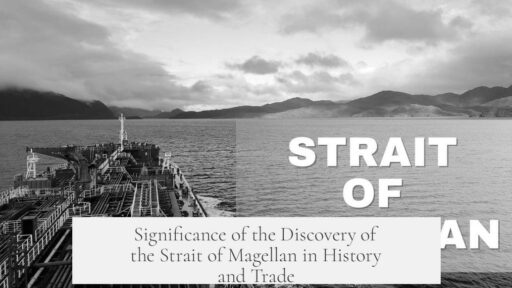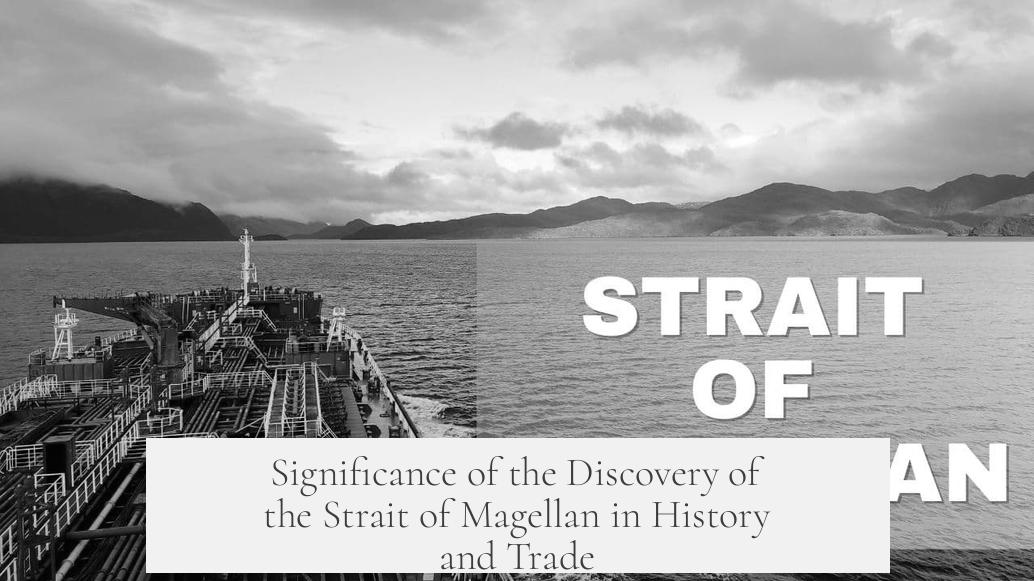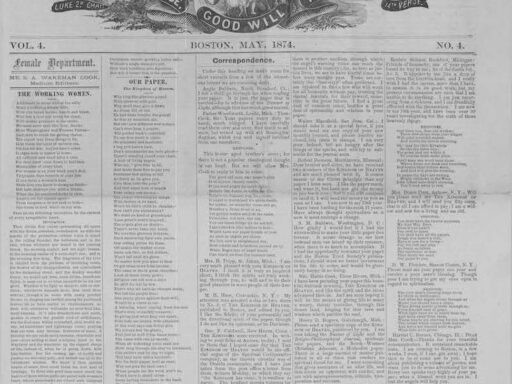The discovery of the Strait of Magellan in 1520 stands as a major milestone in maritime history and global exploration. It marked the first known navigable sea route connecting the Atlantic and Pacific Oceans, enabling European powers to access the Pacific without traversing the arduous overland routes controlled by Spain. This breakthrough opened new possibilities for trade, exploration, and military expeditions across the Pacific region, significantly altering geopolitical and economic dynamics during the Age of Exploration.
Before the Strait of Magellan was discovered, European navigators lacked a viable maritime passage linking the two vast oceans. Overland routes under Spanish control monopolized transport of goods between the Americas’ eastern and western coasts. Spain’s dominance created a barrier for rival European nations wishing to engage in Pacific trade or challenge Spanish imperial hegemony. The Strait’s discovery offered an alternative maritime path, circumventing these constraints.
The strait itself is a complex and perilous passage. It consists of narrow channels often as narrow as one mile wide, demanding slow and careful navigation. Mariners faced unpredictable strong currents, frequent dense fogs, and numerous rocky outcroppings. Early explorers did not have accurate maps or geographic knowledge, increasing the risks. Sailors could become trapped in fog for days or take wrong turns into dangerous inlets. For example, Sir Francis Drake lost four ships navigating these waters during his voyages.
Though risky, the strait was the fastest known route at the time for moving between the Atlantic and Pacific. Early sea crossings could still take up to four months due to these hazards and navigational challenges. Despite these drawbacks, the passage’s strategic value was immense. It provided the first opportunity for European nations besides Spain to project power into the Pacific and engage directly with the wealth and resources of Asia and the Americas.
The discovery influenced European maritime strategy. Spain’s control over overland routes limited competitive access to Pacific trade networks. The Strait of Magellan broke that monopoly. It encouraged other powers like England, the Netherlands, and Portugal to explore alternative routes and expand their commercial and colonial ambitions into the Pacific realm.
Comparisons with other passages highlight the Strait of Magellan’s unique role. Drake’s Passage, located south of the strait, was discovered later in the 1570s and proved to be a quicker and eventually safer oceanic route under certain seasonal conditions. Unlike the strait’s narrow, fog-prone channels, Drake’s Passage offered open ocean waters that, although stormy, could be navigated more swiftly. Over time, maritime commerce preferred Drake’s Passage for establishing transoceanic shipping lanes.
Nonetheless, the Strait of Magellan remains crucial for its historical precedence. It was the first known link connecting the Atlantic and Pacific oceans via a navigable waterway. This discovery laid the groundwork for expanded exploration and intensified competition among European powers in global trade and colonization. It demonstrated the possibility of circumnavigating the Americas by sea and prompted further geographic investigations into southern passages.
| Aspect | Significance |
|---|---|
| First navigable Atlantic-Pacific passage | Opened Pacific exploration without overland Spanish routes |
| Hazards and navigation | Challenging thin channels, currents, and fog limited speed and safety |
| European strategic impact | Enabled other nations to access Pacific trade and challenge Spanish control |
| Comparison to Drake’s Passage | Slower but first; Drake’s Passage became superior later for shipping |
- Discovered in 1520, the Strait of Magellan was the earliest known sea route between the Atlantic and Pacific Oceans.
- The strait avoided Spanish overland transport monopolies, allowing other European powers Pacific access.
- Navigation was difficult due to narrow channels, strong currents, fog, and poor geographic knowledge.
- It shifted European exploration strategy towards maritime routes and competition in the Pacific.
- Although supplanted by Drake’s Passage later, the strait’s discovery was a crucial step in global exploration.
Why Was the Discovery of the Strait of Magellan So Important?
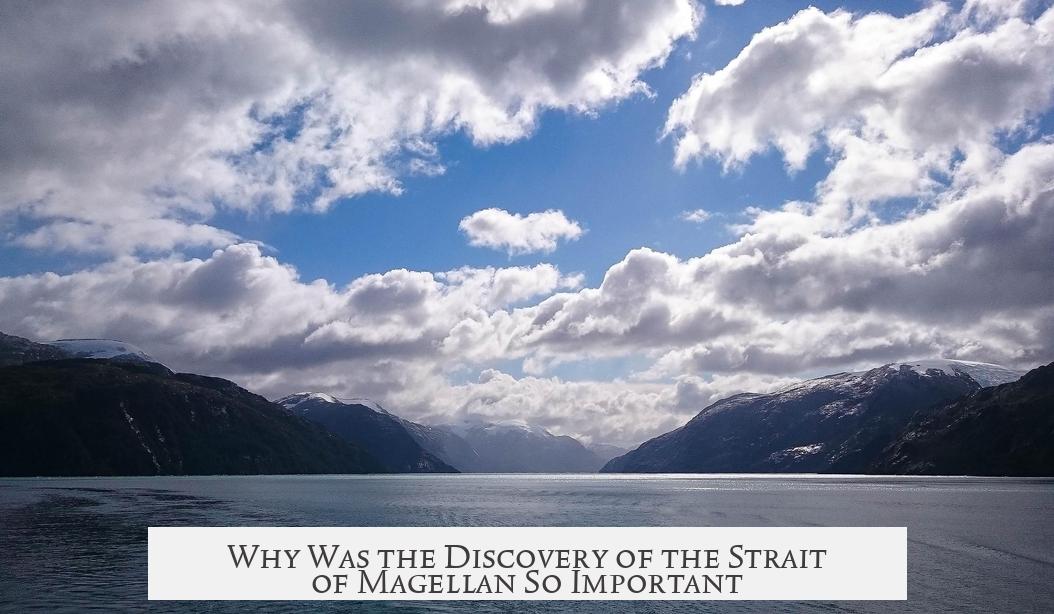
The discovery of the Strait of Magellan was a groundbreaking moment in maritime history because it revealed the first known navigable passage connecting the Atlantic and Pacific Oceans. This path, identified in 1520 by Ferdinand Magellan’s expedition, offered a bold new route for European explorers and traders eager to bypass Spanish control over overland transport and gain fresh access to the Pacific.
But let’s not romanticize this strait too much—it was far from a smooth highway for ships. Understanding its importance means taking a close look at its geography, its impact on early exploration, and the maritime challenges it posed. So, why exactly did this strait rock the world of exploration? Dive in, and we’ll sail through the story.
The Historical Context: The First Step into the Unknown
Before Magellan’s discovery, Europeans had little clue just how the oceans connected on the far southern tip of South America. The passage wasn’t a textbook discovery; it was part daring, part luck, and part desperation to find a route to the lucrative spice markets of Asia.
Magellan’s 1520 expedition, sponsored by Spain, stumbled upon this twisting, fog-enshrouded channel after navigating treacherous seas. Interestingly, while the Strait of Magellan was discovered first, Drake’s Passage—another route south of the strait—was found later in 1525 by the Spanish and re-explored by Francis Drake in the 1570s.
This timeline roots the strait firmly as the pioneer navigable route, even if the brave mariners who attempted it didn’t fully realize what they had found at first.
Navigational Characteristics: A Hazardous Pathway
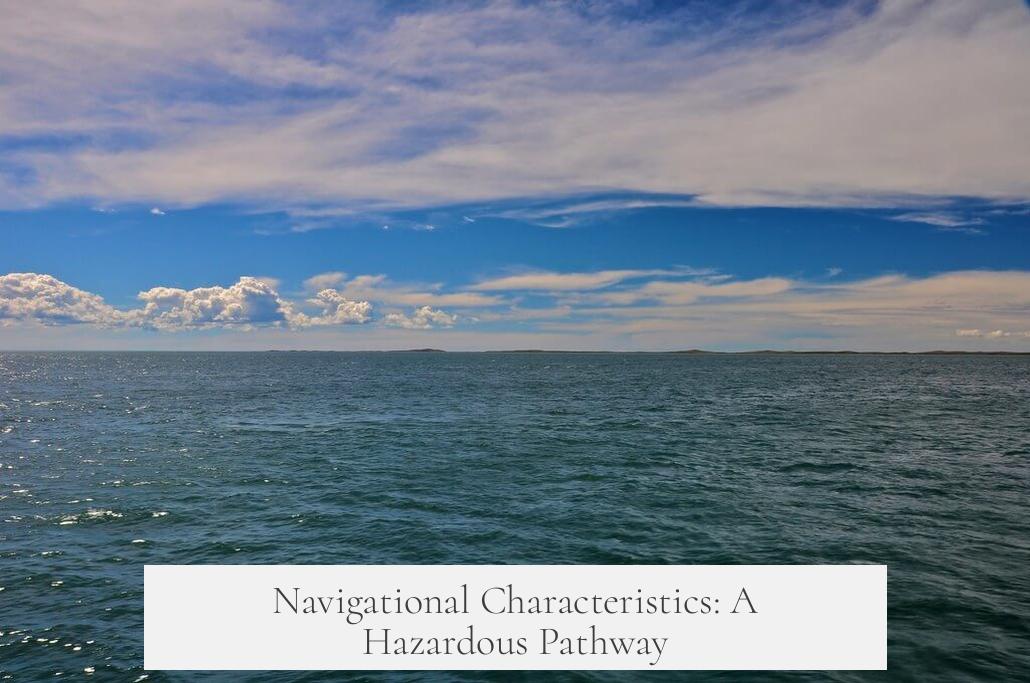
Picture this: your ship is squeezing through a channel only about a mile wide at spots, surrounded by jagged rocks, battling strong currents, and enveloped in constant thick fog.
The Strait of Magellan isn’t the kind of waterway that makes navigating look graceful. It’s a perilous maze of narrow passages and unpredictable weather. Sailors could easily get trapped by fog for days. One wrong turn meant grounding on rocky outcrops or getting lost among countless inlets.
Despite all these dangers, the strait was still seen as the fastest (relatively speaking) route between the Atlantic and Pacific. It took some crews—without reliable maps—up to four months to cross.
Drake himself lost four ships trying to navigate these waters, underscoring the strait’s brutal reputation.
Unlocking Trade and Challenging Spanish Dominance
Why bother facing such risk? Here’s the kicker: Spain controlled most of the overland movement of goods between the Pacific and Atlantic. This stranglehold throttled competition from other European powers.
By revealing a sea route that bypassed Spanish land routes, the Strait of Magellan unlocked new opportunities for foreign traders and explorers. It was like giving them the master key to the Pacific’s riches.
Though slow and dangerous, it helped shift the focus of European exploration towards overseas navigation. Nations like England, Portugal, and the Netherlands saw the Pacific’s potential opened up by this passage.
Strait of Magellan vs Drake’s Passage: Navigational Showdown
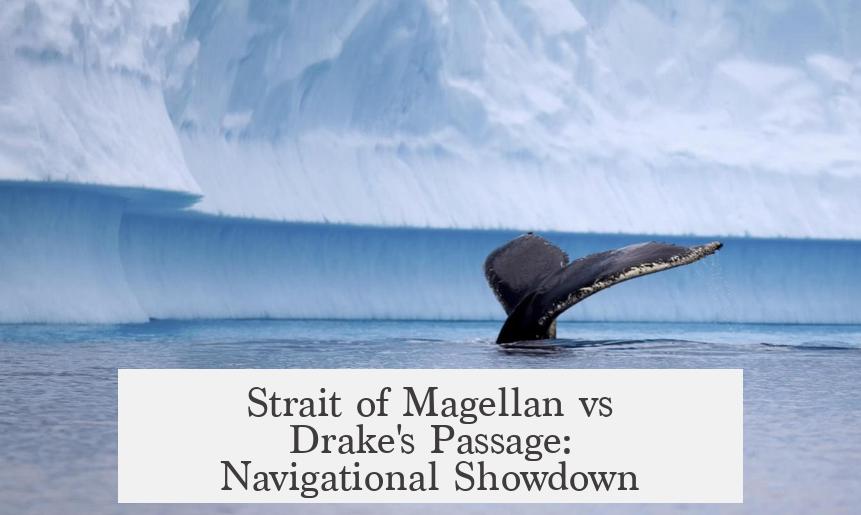
Fast forward a few decades, and another route appears—Drake’s Passage. It’s a quicker but still dangerous path around Cape Horn.
While Drake’s Passage is rougher due to stronger seas, it’s also more predictable seasonally and was deemed safer over time.
This contrast helps explain why the Strait of Magellan was initially so important: it was the first option available. Sailors and traders didn’t have a “quick and easy” choice back in 1520.
Even with Drake’s Passage becoming preferred later, the Strait of Magellan stands as a critical stepping stone in understanding global sea routes.
What Does This Mean Today?
Looking back, the Strait of Magellan wasn’t just a geographical discovery—it was a pivotal shift in world trade, power, and maritime strategy.
It exemplifies how exploration isn’t just about finding new lands but about opening doors for economic and political change. The challenges of the strait remind us that pioneering routes come with risks, patience, and bravery.
Imagine the sailors fumbling through the fog, unsure whether their next turn would be their last, all for the promise of new worlds and new wealth. It’s a testament to human persistence.
Wrapping It Up: Why Should You Care?
- It opened the first known water route between two massive oceans. This was a game-changer in global navigation.
- It challenged Spanish control by providing alternative paths to the Pacific for other European powers.
- Despite dangers, it catalyzed exploration and trade, ultimately shaping the future of global commerce.
- Its discovery shifted maritime strategy, forcing nations to consider sea routes more seriously for geopolitics and profit.
So, next time you glance at a world map or hear about global trade, remember: it was the discovery of routes like the Strait of Magellan that laid the groundwork for the connected world we have today.
Curious how explorers managed those waters without GPS or radar? Or how modern ships navigate this hazardous passage now? It’s a thrilling reminder that the seas of the past were as wild and challenging as any adventure novel’s plot—and without Magellan and his crew’s risks, the story of exploration might look very different.
Why was the Strait of Magellan considered important despite its hazards?
The strait was the first known route connecting the Atlantic and Pacific Oceans. Although it was narrow, foggy, and dangerous, it allowed European ships to bypass Spanish-controlled land routes.
How did the discovery of the Strait of Magellan affect European trade?
It opened a new maritime path beyond Spanish ports. Other European powers could access the Pacific for trade and raids, challenging Spain’s monopoly on overland goods transport.
Why didn’t sailors prefer going through the Strait of Magellan after its discovery?
The passage was slow and risky. Ships had to navigate narrow channels and strong currents with poor maps. Many crews lost ships or got stuck in fog for days.
What made the Strait of Magellan different from Drake’s Passage?
The Strait was the first known sea route but was always dangerous. Drake’s Passage was faster and safer in some seasons, which made it the preferred route later on.
How did the discovery influence maritime exploration strategies?
It showed the value of finding sea routes to access new continents and waters. Navigators pushed to explore farther south, searching for safer, more efficient paths between oceans.
